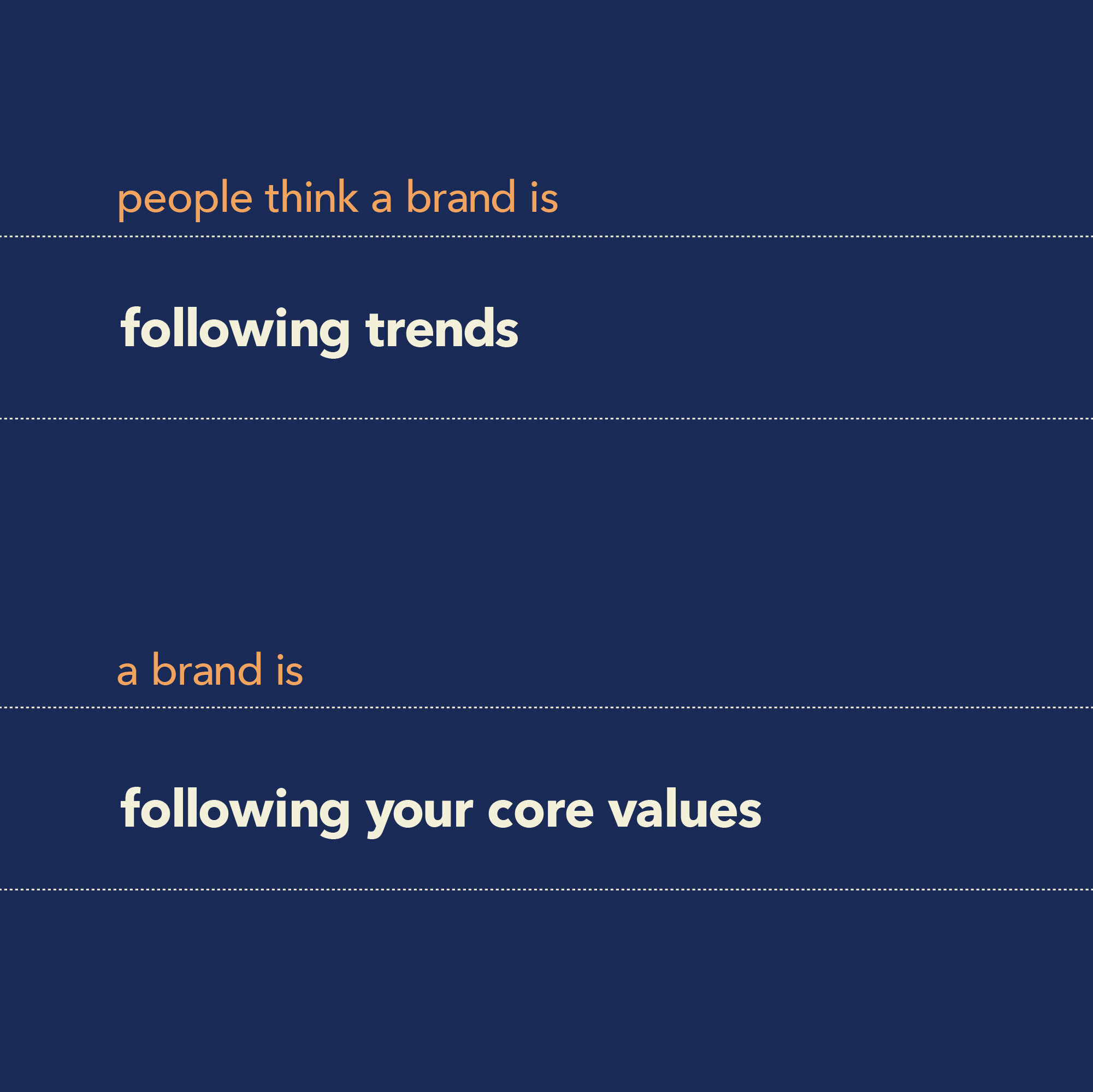What People Think a Brand Is vs. What a Brand Actually Is - 5 Most Common Misconceptions About Brands
Have you ever asked yourself the question, what is a brand? But for real. You probably have heard people say it's your logo, pretty graphics, or an overrated word that everyone keeps throwing around to look more legit. Boy, they are wrong. But it's ok many of us (including me) had one or more of these misbeliefs before. Not until I started diving deeper into branding that I realized it takes a long time to build a brand, and it is so much more than just how your business looks.
Many people have these gaps in their knowledge about what a brand is. Or have pre-existing misconceptions about it. To help you clear the air, in this article, I'm spilling the beans about
The 5 Most Common Stereotypes People have on brands
What people think: a name, a logo, a product, or a service
What is: a living persona
It is not only about what you sell but how you make people feel about what you sell. People become loyal and join the tribe of personable brands, which help them with their specific problems. Brands, who take care of them when they need, very much like a good friend, wise guide, or partner in crime. Much like a person, brands evolve as well. Why? To be better and not to break the standards and values promised to their fans.
What people think: pretty visuals.
What is: a tool influencing business decisions
A brand is not only about the pretty picture but about what business decisions we need to make to keep and/or enhance our brand promise. The one promise you make to solve your customers' problems. What steps do we need to take as a business to be better at problem-solving? What business decisions do we have to make to do those steps?
What people think: what you say about your business
What is: what others say about your business
Imagine this. You sell fruit smoothies. Not only do you sell fruit smoothies, but you tell people you have the best fruit smoothies in town. However, after they tried your fruit smoothies, they are not impressed. It is not what you promised them. Now, every time they hear someone talk about the best smoothies in town, they won't recommend you, or maybe they even recommend against you if their experience was so different than what you promised. Let me ask you this! Do you have a good brand if your previous customers say otherwise?
What people think: sells to everyone
What is: creates relationships with the right people
A good brand is not for everyone. You may wonder why, but think about it this way! You as a person are not everyone's cup of tea. Don't worry! It's perfectly normal. There are some people we can't click with no matter how hard we try. It goes for brands as well. Creating emotional relationships with people who can fit into your tribe well is the one aspect that will help you to create raving, loyal customers.
What people think: following trends
What is: following your core values
Trends come and go. While there are some benefits of following the newest innovation of other brands, it is only a short-term gain. Once everyone joined the "me too" movement and caught up, what is your next move? However, if you build your brand on powerful ideas that resonate with your core values (things you believe in) and discover ways to advance those ideas, you found the secret sauce to growth. Be proactive and lead, rather than trying to catch up with others.
Do you see? It is the reason why building a brand takes long and consistent hard work. A brand is never a one-and-done project. It is an ever-evolving, living persona that creates relationships with the right people and delivers on promises. I hope this article helped you better understand what a brand is!
What else would you add to it? Leave your answers in the comments below!






